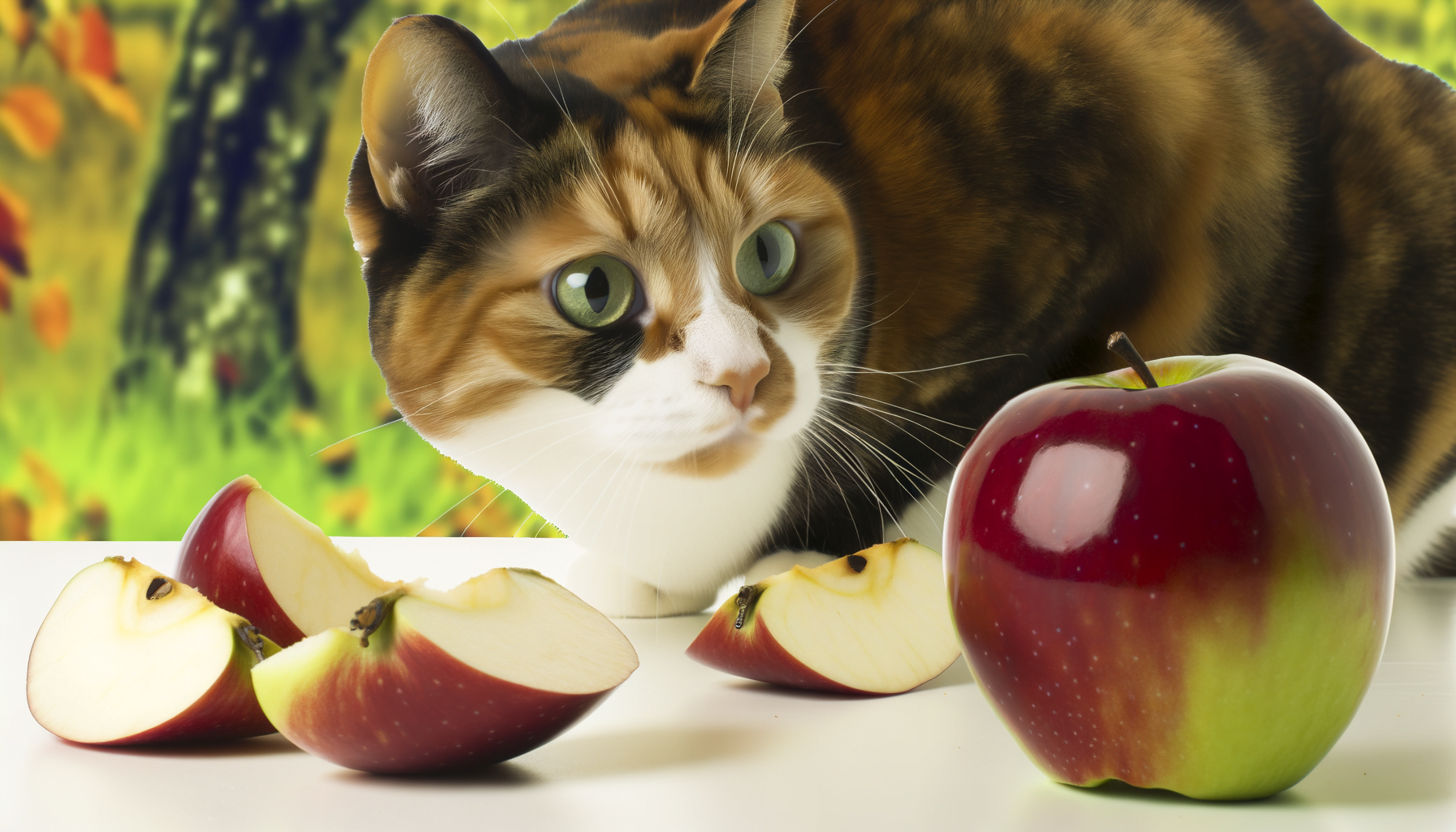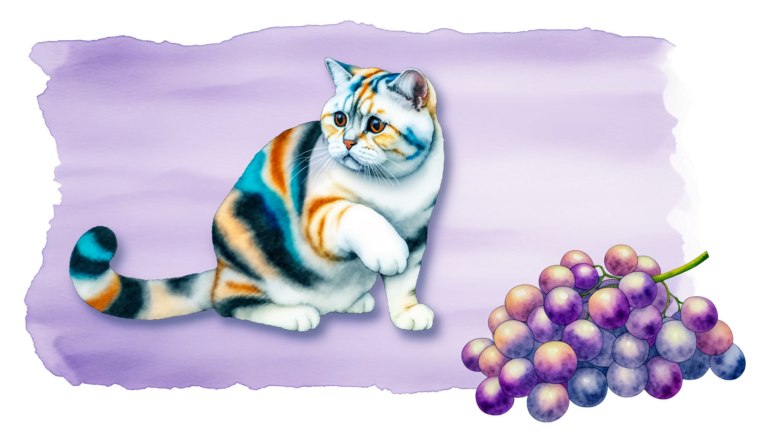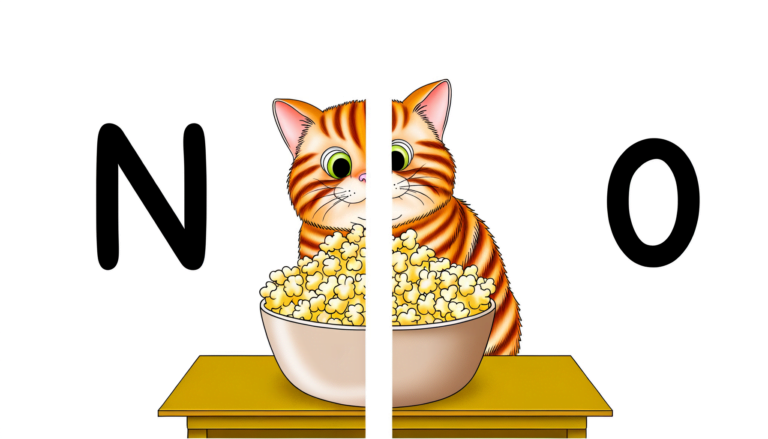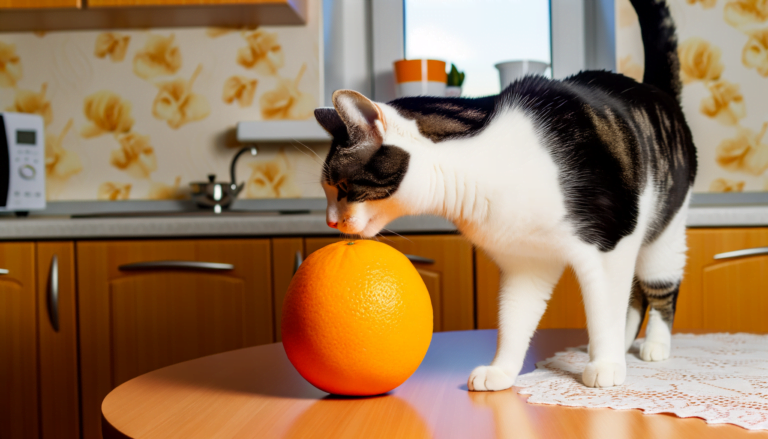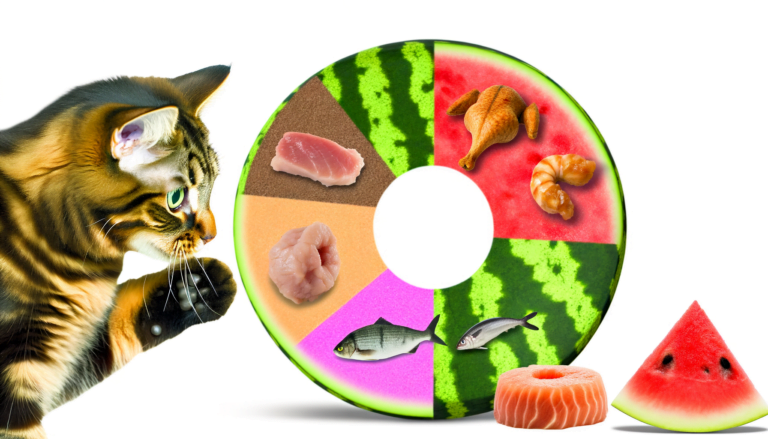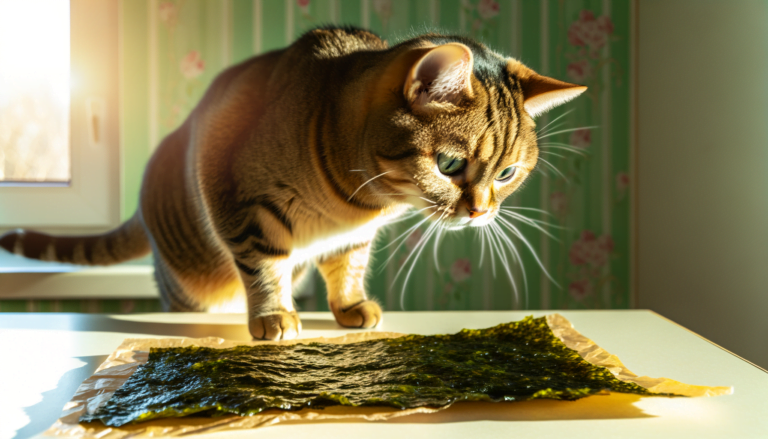Unveiling the Truth: Can Cats Safely Enjoy Apples?
Cats can safely consume apples, granted they are prepared properly. Apples should be fresh, thoroughly washed, and any seeds or core removed as they can be harmful to cats. Remember, while apples are not toxic, they are optimally beneficial for human health, not feline, and should be offered as a rare treat rather than a dietary staple. Keep in mind, also, that not all cats will find the taste or texture appealing.
The Safety of Feeding Cats Apples
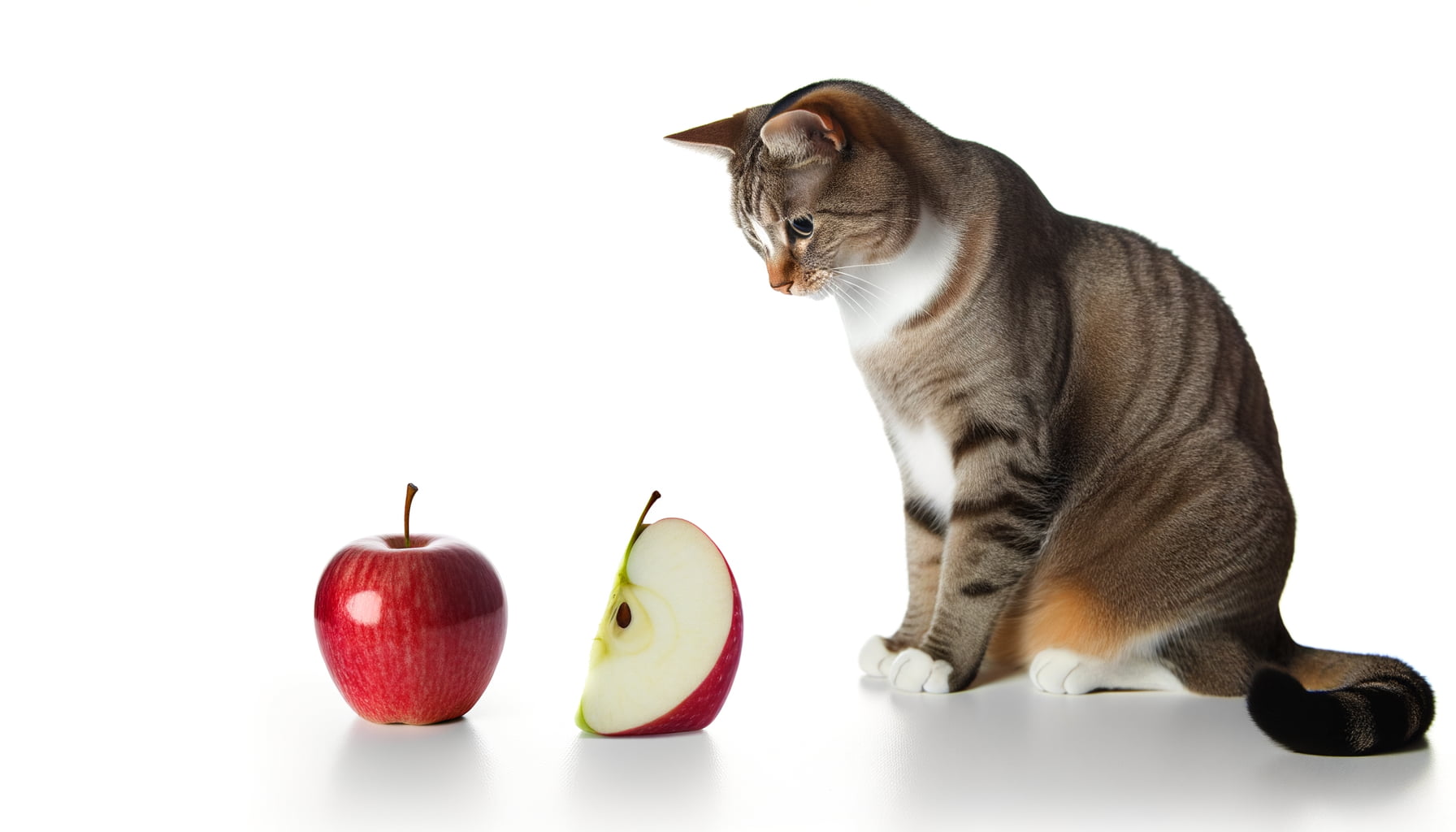
When considering the safety of offering apples to our feline companions, one must first understand that cats are obligate carnivores. This suggests their digestive system is designed to process meats and not plant matter. However, that does not necessarily negate an apple’s potential as an occasional treat. Indeed, when administered correctly, apples can pose no harm to cats.
Essential to note is the necessity of removing apple seeds before feeding cats. The seeds contain a compound known as amygdalin, which metabolizes into hydrogen cyanide when ingested. While small quantities might not be fatal, it is advised to never put your pet in harm’s way.
Additionally, offering apples in moderation is vital. Despite their high fiber content and several beneficial nutrients, these should not replace the balanced nutrition that comes from regular cat food. Too much fruit in your cat’s diet can lead to digestive troubles. So, while cats can safely consume apples, it’s imperative to exercise caution and feed them this treat sparingly.
Apples and Their Nutritional Value for Pets
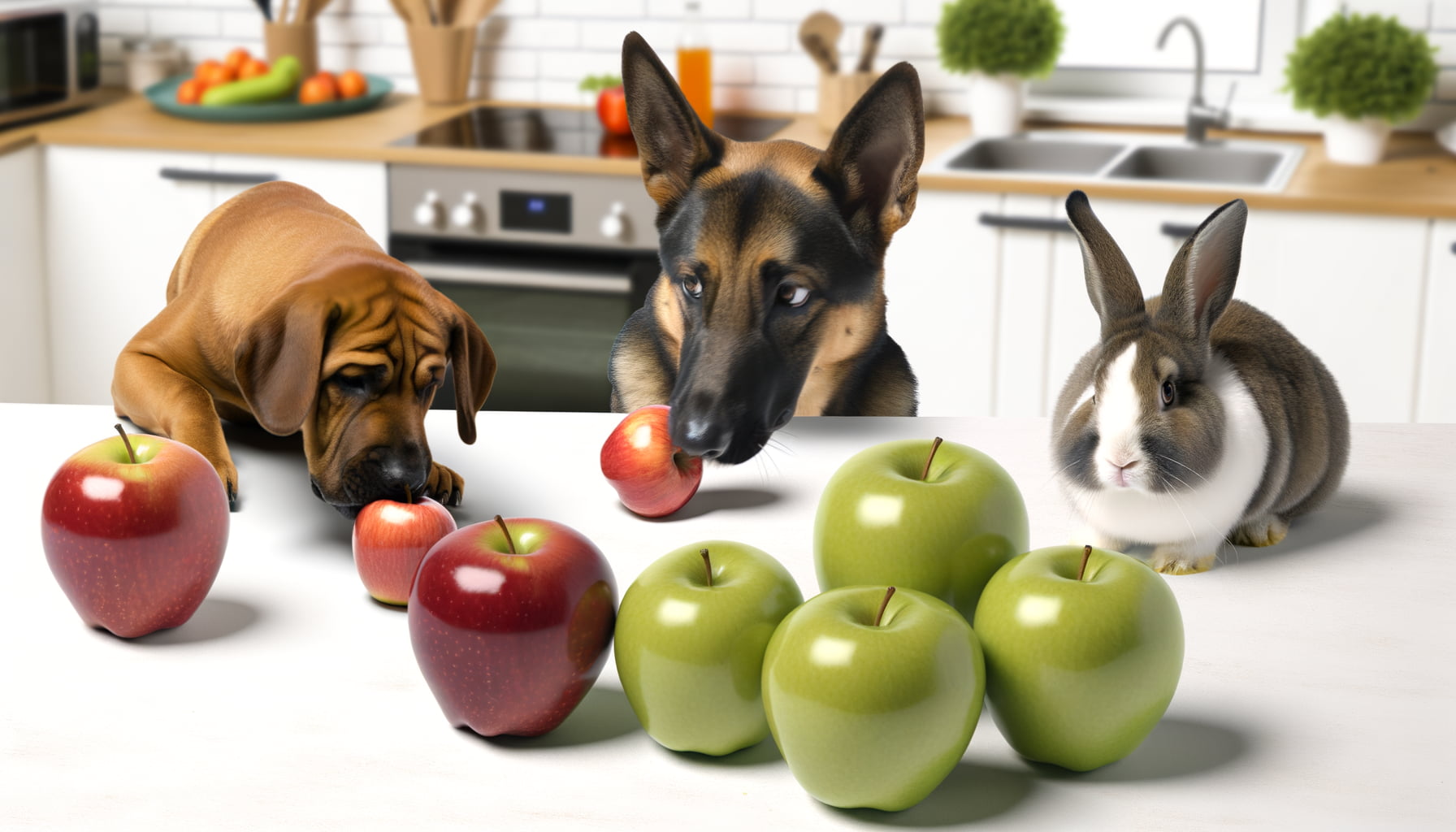
Unlike humans, the nutritional requirements of cats are quite unique, being carnivorous animals. Nevertheless, variety can still be of benefit, including certain fruits to a cat’s diet. A fruit like an apple, usually consumed by humans for its high nutritional value, may pique the interest of a cat owner.
Apples are abundant in fiber, vitamin C, and a variety of antioxidants. The dietary fiber supports digestive processes, while vitamin C and antioxidants enhance the body’s general immunity. Despite cats producing their own vitamin C, the one present in apples can serve as a beneficial backup.
However, it’s crucial to bear in mind that despite these nutritional benefits, apples should never constitute a significant portion of a cat’s diet. They can serve as an occasional treat, considering the sweetness of apples could potentially lead to weight gain or other health issues over time. Additionally, cats might lack crucial nutrients found in their essential carnivorous diet if fed too much fruit, apples included.
Understanding a Cat’s Dietary Needs
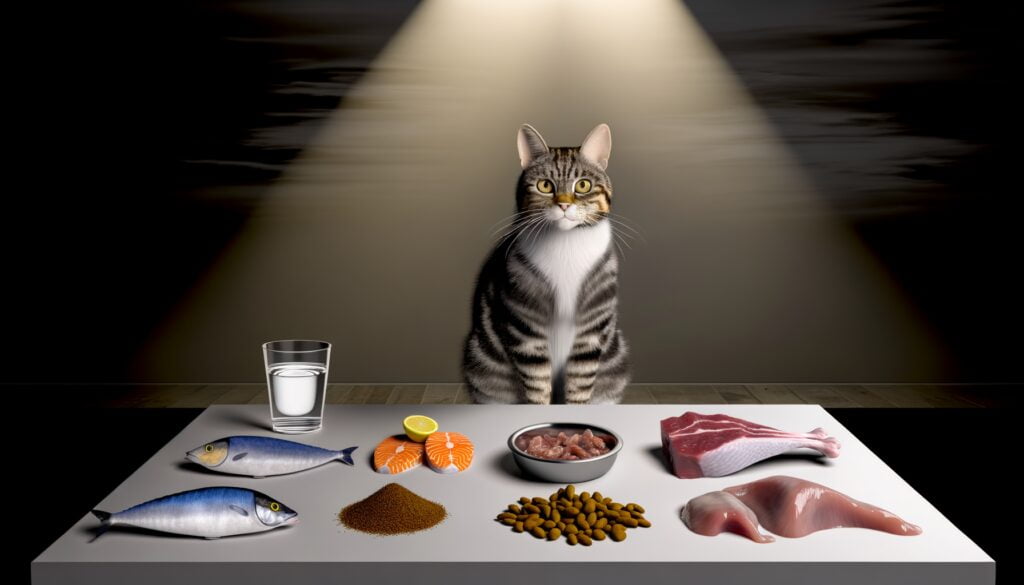
As obligate carnivores, cats have unique dietary requirements that primarily demand proteins. Their natural biological structure is geared to synthesize nourishment from meat and fish. However, their diet can be complemented with certain fruits and vegetables. Feline nutrition necessitates a careful counterbalance between proteins, fats, vitamins, minerals, and a minimum amount of carbohydrates.
One aspect often overlooked when considering a cat’s diet is hydration. Unlike canines, felines do not have a strong thirst drive. This can lead to dehydration if a cat’s diet consists primarily of dry commercial foods. To promote hydration in cats, the inclusion of a few water-rich vegetables or fruits, fed in moderation, can be beneficial.
In summary, while cats do need a protein-focused diet, a small addition of appropriate fruits and vegetables can round out their meals. But when introducing new food items into your cat’s diet, always remember that their digestive system is not the same as ours; some foods that are safe for humans can pose threats to a cat’s health.
Steps to Safely Introduce Apples to Your Cat’s Diet
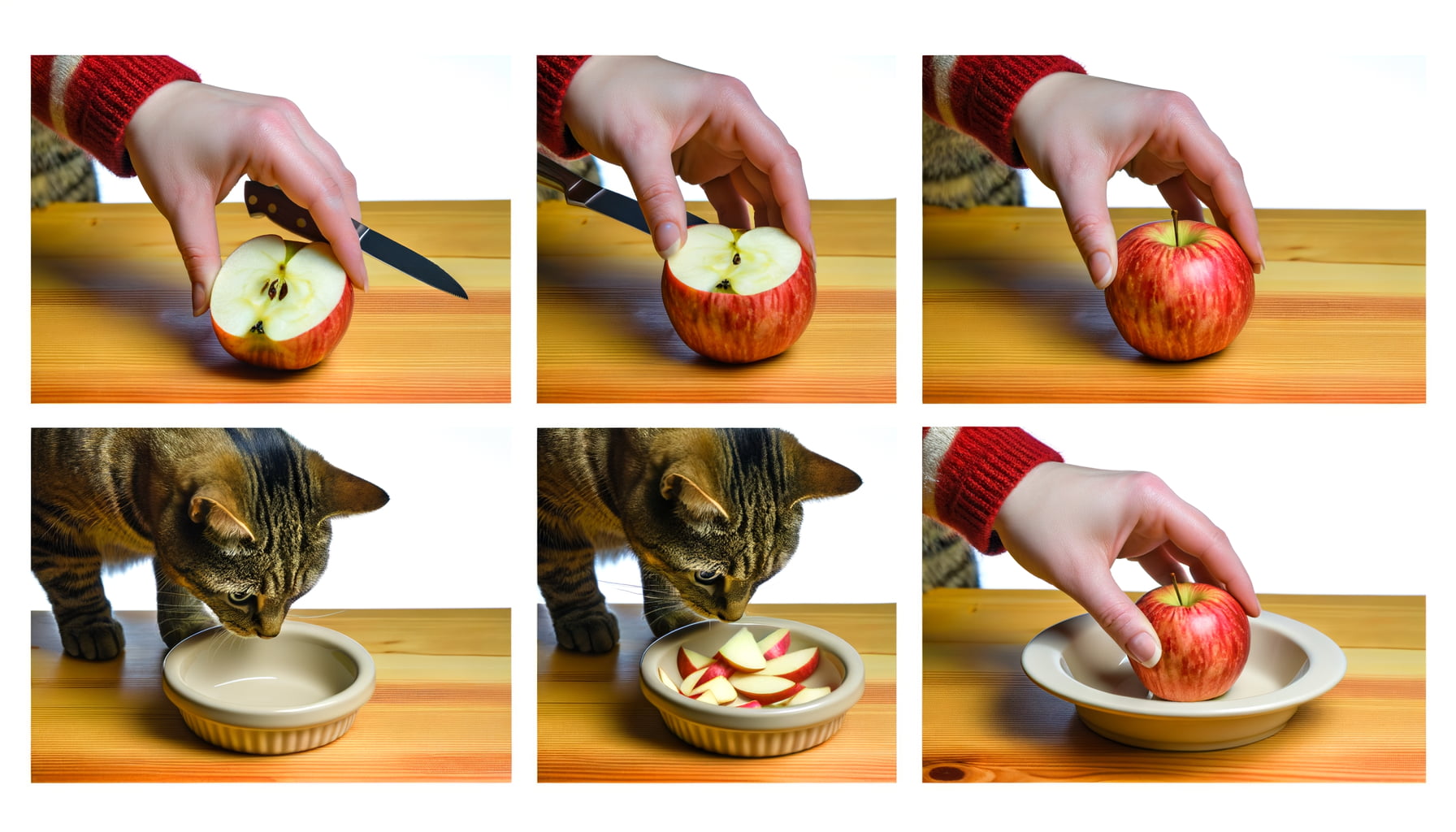
Introducing apples to your cat’s diet must be done cautiously to avoid digestive distress. To start, wash an apple thoroughly. This action is critical because fruits often come with residues that can harm your beloved pet. Cut a small piece, ensuring seeds and core are removed as they contain cyanide, which can be harmful to cats. Do not feed an entire apple to your cat at once as it can lead to indigestion or choke if swallowed whole.
Initially, feed the peeled and cut apple piece to your cat and observe closely for any changes in behavior or digestion. This observation can reveal any adverse reaction to the fruit. Remember that every cat has unique dietary needs and may respond differently to new foods introduced into their diets. Therefore, paying attention to your cat’s reactions is crucial.
If your cat shows no adverse reaction, gradually increase the apple quantity over time. Never overdue, as moderation is essential when feeding apples to your cat. Cats are primarily meat-eaters, and apples should only complement their traditional diet rather than replacing part of it. Ensure a balanced diet for your feline friend to maintain their overall health and wellbeing.
Conclusion
After delving into the topic of whether cats can safely enjoy apples, it is clear that moderation is key. While apples can be a nutritious and tasty treat for some felines, it is important to be cautious of potential digestive issues that may arise. Consulting with a veterinarian before introducing apples into your cat’s diet is advisable to ensure their safety and well-being.
In conclusion, while cats can enjoy apples in small quantities, it is essential to prioritize their health and dietary needs. By understanding the potential risks and benefits, cat owners can make informed decisions when it comes to offering fruits as occasional snacks to their furry companions.
